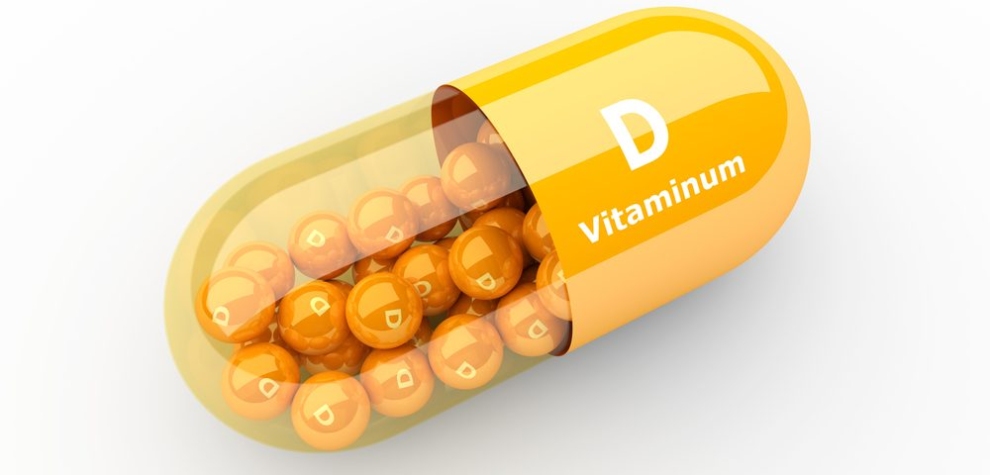The Good News- Our body naturally makes Vitamin D from sunshine!
The Bad News- We don’t get enough exposure to the sun to maintain adequate levels.
VITAMIN D insufficiency is emerging as an unrecognized pandemic.
It is emerging that rickets is only the tip of the iceberg of vitamin D deficiency.
Vitamin D is one of the fat-soluble vitamins. It is produced when skin is exposed to the sun. For this reason, vitamin D is often referred to as the “sunshine” vitamin.
The circulating levels of 25(OH)D is the most suitable indicator of vitamin D status because it is easily measured stable and longest half-life of 3 weeks.
A clear consensus exists that the best indicator to evaluate vit D Status is level of 25(OH)D, but no consensus exists as to level of 25(OH)D to define deficiency.
In the past 10 years vitamin D has become something of a catch-all in disease prevention and treatment. Both communicable and non-communicable diseases are associated with vitamin D deficiency. These include respiratory infection, HIV progression, type 1 and 2 diabetes mellitus, rheumatoid arthritis, cardiovascular disease, osteoporosis, multiple sclerosis, depression, irritable bowel disease, asthma and multiple cancers, including colorectal, lung and breast cancers.
8 signs and symptoms of vitamin D deficiency:
- Getting Sick or Infected Often
- Fatigue and Tiredness
- Bone and Back Pain
- Depression
- Impaired Wound Healing
- Bone Loss
- Hair Loss
- Muscle Pain
Symptoms are subtle and non-specific and that’s a major challenge for all health professionals.
Dr. Ashish Jain
Principal Consultant – Joint Replacement Specialist
MAX SUPER SPECIALITY HOSPITAL SHALIMAR BAGH.

